Blogs & News
We are focus on automotive wiring harness & connectors technology.
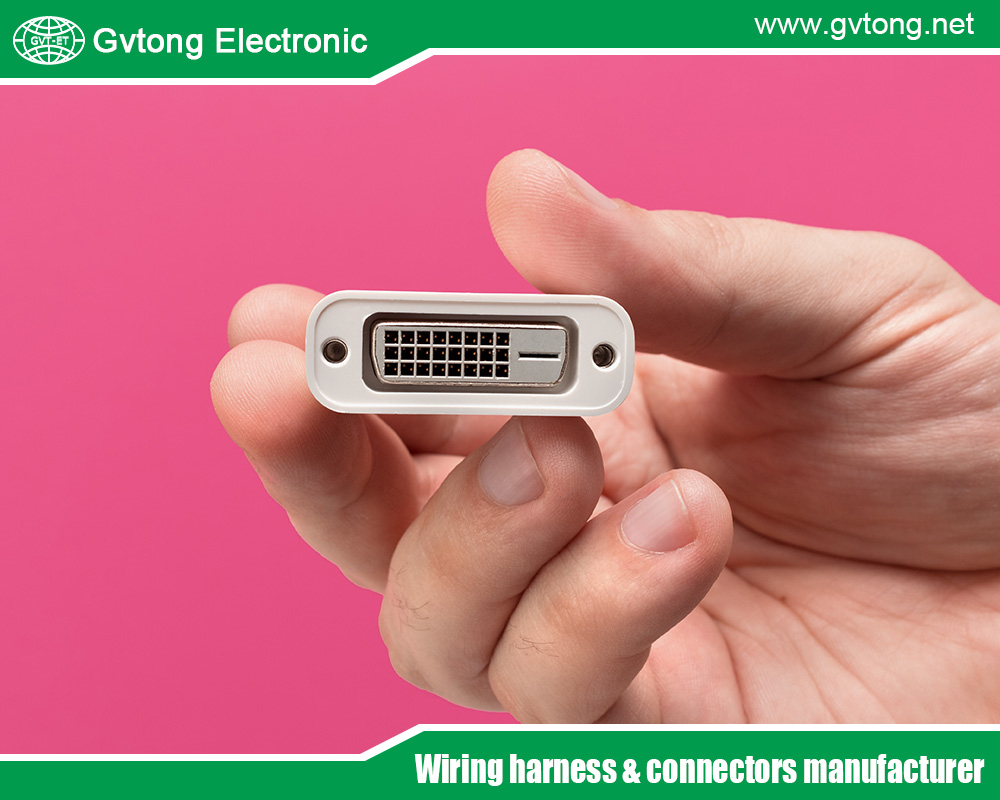
New Trends in Automotive Electronics! Modular Automotive Connectors vs. Traditional Automotive Connectors
- Gvtong Electronic
- 12 volt automotive wire connectors, adas automotive connector, Automotive Camera Connectors, automotive connector companies, automotive connector manufacturers, automotive connector suppliers, automotive electrical connector manufacturers, automotive electrical connectors manufacturers, automotive electrical distribution systems, automotive miniaturized coaxial connector, automotive multi pin connectors, automotive power connectors, automotive pressure connectors, automotive waterproof wire connectors, battery management system automotive connector, Blind-mate automotive connectors, high current connectors automotive, high voltage connectors automotive, hybrid connectors automotive, Lightweight automotive connectors, mini-coax automotive connector, Modular automotive connectors, modular automotive connectors manufacturer, modular automotive connectors supplier, modular connectors automotive, oem automotive connectors, oem automotive electrical wiring connectors
- No Comments
New Trends in Automotive Electronics! Modular Automotive Connectors vs. Traditional Automotive Connectors
The automotive industry is undergoing a profound transformation, driven by rapid advancements in electronics that are reshaping how vehicles are designed, manufactured, and operated. As we enter 2025, key trends such as electrification, autonomous driving, enhanced connectivity, and sustainability are at the forefront, pushing the boundaries of what vehicles can achieve. These developments are not just about making cars smarter or greener; they demand innovative components that can handle increased data flows, higher power requirements, and more complex systems. At the heart of this evolution are modular automotive connectors—the unsung heroes that ensure seamless electrical and data transmission within vehicles.
Traditionally, automotive connectors have been rigid, purpose-built components designed for specific functions, such as wiring harnesses in internal combustion engine (ICE) vehicles. However, with the rise of electric vehicles (EVs), advanced driver-assistance systems (ADAS), and connected ecosystems, modular automotive connectors are emerging as a superior alternative. Modular connectors offer flexibility, scalability, and ease of integration, aligning perfectly with the modular architectures of modern vehicles. This shift is part of a broader trend toward zonal architectures, where decentralized modules replace centralized domain-based systems, reducing wiring complexity and weight.
In this article, we will explore the differences between modular and traditional automotive connectors, highlighting their features, advantages, and challenges. We’ll delve into how new trends in automotive electronics are favoring modular designs, supported by real-world examples and market insights. By understanding this comparison, stakeholders—from engineers to manufacturers—can better navigate the future of mobility. The global automotive connector market is projected to grow from approximately $100.85 billion in 2025 to significantly higher figures by 2030, underscoring the importance of these components.
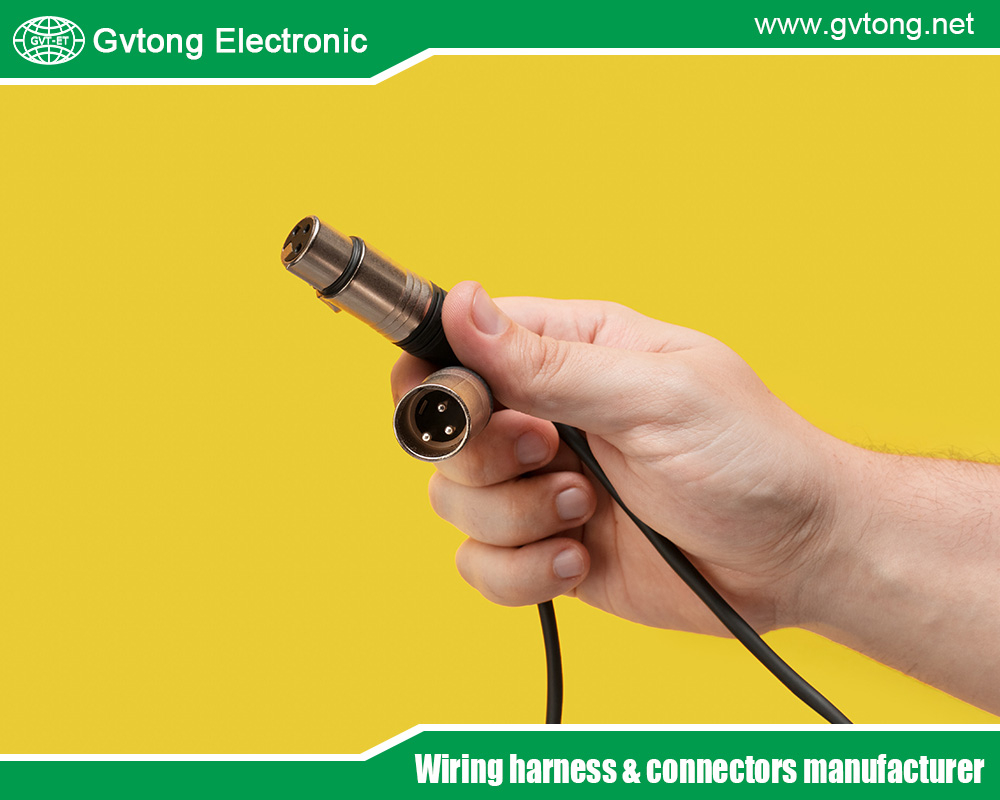
Understanding Traditional Automotive Connectors
Traditional automotive connectors have been the backbone of vehicle electrical systems for decades. These connectors are typically fixed-design components, such as pigtail, terminal blocks, bullet, or scotch lock types, engineered for durability in harsh environments like vibrations, temperature extremes, and moisture exposure. They facilitate the transmission of power and signals in conventional ICE vehicles, where the focus is on reliable, low-voltage connections (often 12V–48V) for systems like lighting, sensors, and infotainment.
A classic example is the wiring harness connector, which bundles multiple wires into a single plug for easy assembly. Materials like plastic housings with metal terminals ensure corrosion resistance, and features such as seals protect against water ingress. Traditional connectors are often non-modular, meaning they are designed for specific applications without easy reconfiguration. This rigidity makes them cost-effective for mass production but limits adaptability in evolving vehicle designs.
Pros of traditional connectors include proven reliability, low cost (starting from a few cents per unit), and simplicity in installation. They excel in stable, low-data environments, where bandwidth demands are minimal. However, as vehicles incorporate more electronics—think hundreds of sensors in autonomous cars—these connectors face limitations. Increased wiring leads to higher weight (up to 50 kg in some vehicles), greater complexity, and potential failure points. In high-voltage EV applications, traditional low-voltage designs fall short, risking overheating or inefficiency.
Maintenance is another drawback; replacing a faulty traditional connector often requires rewiring entire harnesses, leading to downtime and higher labor costs. As trends like electrification accelerate— with EV sales expected to dominate by 2030—traditional connectors are increasingly seen as outdated for next-gen vehicles. Despite their legacy, they remain prevalent in budget models and aftermarket repairs, but the industry is shifting toward more versatile solutions.
The Rise of Modular Automotive Connectors
Modular automotive connectors represent a paradigm shift, designed as interchangeable, customizable units that can be assembled like building blocks. Unlike traditional fixed designs, modular connectors feature standardized interfaces allowing for easy addition, removal, or upgrade of components without overhauling the entire system. This modularity is achieved through frames that house multiple modules for power, signal, data, or even fiber optics, supporting high-density connections in compact spaces.
Key features include miniaturization—reducing space by up to 50% compared to traditional setups—and compatibility with high-voltage systems (400V–800V) essential for EVs. Materials like advanced polymers and alloys enhance ruggedness, while floating designs absorb misalignments during robotic assembly. Examples include Aptiv’s modular systems, which enable automated plugging and simplified harness kits.
The advantages are compelling: flexibility allows for rapid prototyping and customization, crucial in the fast-paced EV market. Scalability supports adding features like ADAS without redesigns, and cost efficiency comes from reduced material use and faster assembly—potentially cutting production time by 30%. Maintenance is simplified; modules can be swapped individually, minimizing downtime. In EVs, modular high-voltage connectors ensure reliable power delivery, reducing energy loss and enhancing safety.
This design aligns with zonal architectures, decentralizing control to vehicle zones (e.g., front, rear) for better efficiency. As connectivity trends like the Internet of Vehicles (IoV) grow, modular connectors handle exponential data bandwidth, supporting edge AI for real-time processing. Brands like Yazaki and Aptiv are leading with innovations that integrate seamlessly into autonomous systems.
Key Differences Between Modular and Traditional Connectors
The core distinctions lie in design philosophy, performance, and application suitability. Traditional connectors are monolithic, with fixed pin configurations tailored to specific tasks, making them less adaptable. Modular ones, however, use a plug-and-play approach, allowing reconfiguration for different voltages, signals, or data types.
In terms of size and weight, modular designs are more compact, addressing the miniaturization trend where space savings are critical in EVs with battery packs occupying chassis space. Traditional connectors often require more wiring, increasing vehicle weight and fuel (or energy) consumption.
Performance-wise, modular connectors excel in high-speed data transmission, essential for ADAS and connectivity, while traditional ones suffice for basic power needs but struggle with bandwidth demands. Durability is comparable, but modular floating mechanisms better handle vibrations and misalignments.
Cost initially favors traditional connectors, but modular ones offer long-term savings through reduced maintenance and scalability. In manufacturing, modular systems support automation, unlike traditional manual assembly. For sustainability, modular designs reduce waste by allowing upgrades rather than replacements.
Advantages of Modular Connectors in Modern Vehicles
Modular connectors shine in addressing 2025’s trends. In electrification, they handle high currents with minimal resistance, optimizing battery efficiency. For autonomous driving, they enable sensor integration with low-latency data transfer.
Flexibility aids in customizing vehicles for markets, like adding connectivity modules for IoV. Cost efficiencies include streamlined production and easier repairs, reducing ownership costs. Safety improves with better sealing and reliability, crucial in harsh conditions.
In infotainment, modular setups support immersive AI-driven systems. Overall, they future-proof vehicles against rapid tech changes.
Challenges and Limitations
Despite advantages, challenges persist. Miniaturization demands precise engineering to maintain signal integrity amid electromagnetic interference. Reliability in extreme environments remains a hurdle, with risks of corrosion or overheating.
Logistical issues in supply chains for custom modules can increase costs. Compatibility with legacy systems poses integration challenges. Thermal management in high-voltage setups requires advanced materials.
New Trends Driving the Shift
2025 trends favor modular connectors. Electrification demands high-voltage handling, while autonomous vehicles need robust data links. Connectivity via 5G and AI requires modular scalability. Sustainability pushes for lighter, recyclable designs.
Geopolitical factors may slow adoption, but partnerships with Chinese OEMs accelerate innovation. Universal connectors, like those showcased at CES 2025, promise upgradability.
Case Studies and Real-World Applications
Tesla’s use of modular automotive connectors in Model Y reduces wiring by 50%, enhancing efficiency. In autonomous fleets, companies like Waymo integrate them for sensor arrays. Traditional setups persist in economy cars, but hybrids like Toyota’s blend both.
Future Outlook
By 2030, modular connectors will dominate, with trends like increased current density and ruggedness. Market growth to $24 billion by 2030 highlights this shift. Innovations in materials and AI integration will address challenges.
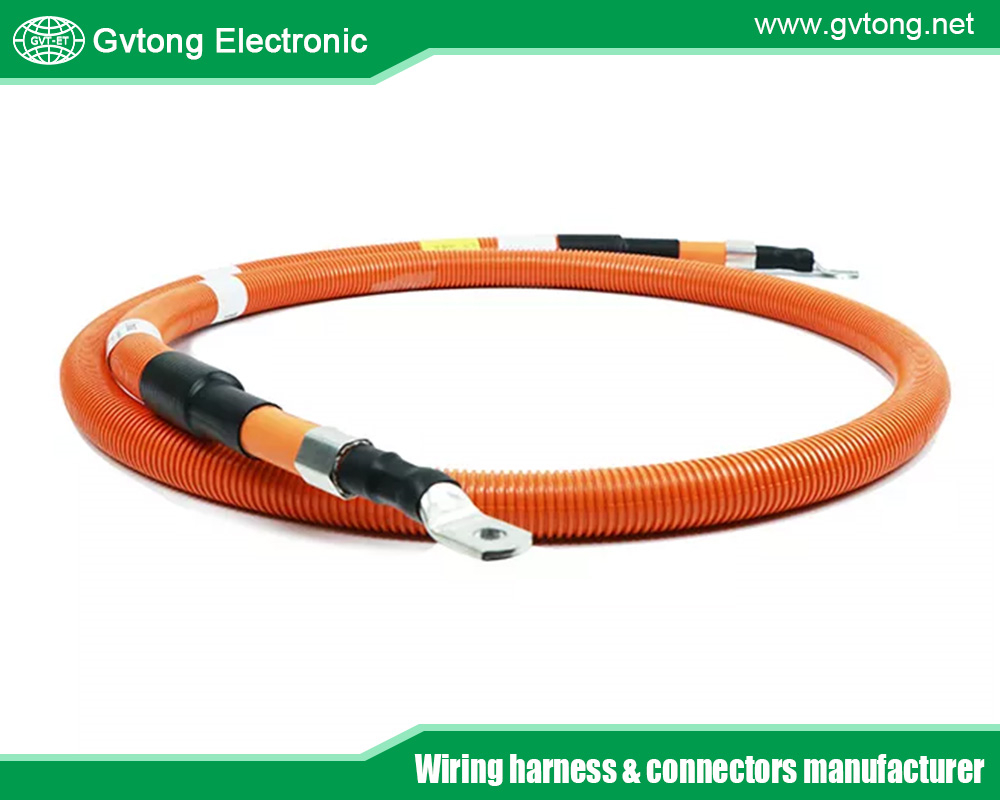
Conclusion
Modular automotive connectors outperform traditional ones in flexibility, efficiency, and alignment with 2025 trends like electrification and autonomy.While challenges exist, their advantages position them as the future of automotive electronics, driving safer, smarter mobility.
For more about new trends in automotive electronics! modular automotive connectors vs. traditional automotive connectors, you can pay a visit to Gvtong at https://www.gvtong.net/ for more info.
Recent Posts
Recommend the Best ADAS Automotive Connector Manufacturers in China
November 13, 2025
What is an Electrical Distribution System and How to Choose It
November 12, 2025
The Top Automotive Electrical Connectors Manufacturers You Want to Know
November 11, 2025
How to Choose the Best Automotive Connector Suppliers in Vietnam
November 10, 2025
The Best High Current Connectors Automotive Manufacturer in China
November 7, 2025
What is an Oil-Resistant Automotive Connector?
November 4, 2025
Tags
2p 32p Automotive Connector Terminal Crimping
48V board net connectors
ADAS sensor connectors
Anti-vibration automotive connectors
Automated assembly connectors
Automotive-grade AEC-Q200 connectors
automotive antenna connector
automotive coaxial connector
automotive data connector
automotive diagnostic connector
automotive electrical connector
automotive high - frequency
Automotive high - frequency connector
automotive High voltage connector
automotive hybrid connector
automotive Low voltage connector
automotive Oil-resistant Connectors
automotive optical fiber connector
automotive power distribution
Automotive power distribution connector
Automotive shielded connectors
automotive Signal Connector
Automotive temperature - resistant connector
automotive vibration - resistant
automotive waterproof connectors
Battery management system (BMS) connectors
Blind-mate automotive connectors
Cost-effective automotive connectors
EV charging connectors
Fuel cell connectors
Halogen-free automotive connectors
High-speed data connectors
High-temperature resistant connectors
In-cabin infotainment connectors
Lightweight automotive connectors
Low-contact resistance connectors
Modular automotive connectors
Oil-resistant automotive connectors
Pre-charge/discharge connectors
Quick-fit automotive connectors
Recyclable material connectors
Redundant safety connectors
Thermal management connectors
V2X communication connectors
Wireless charging connectors
Recommended Products
-
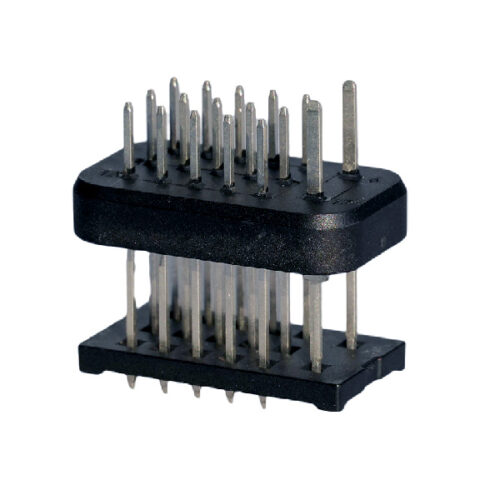
GE Series-17PIN Signal Connector
-
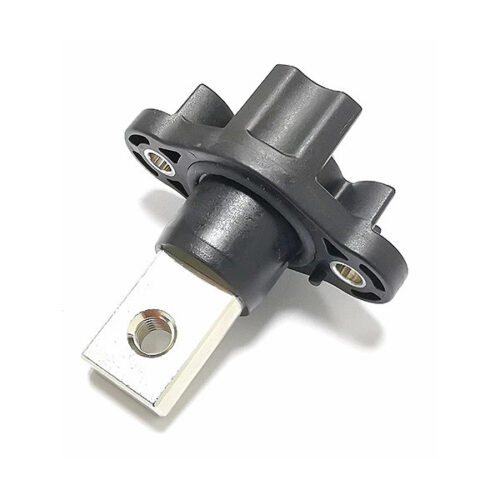
DC terminal
-
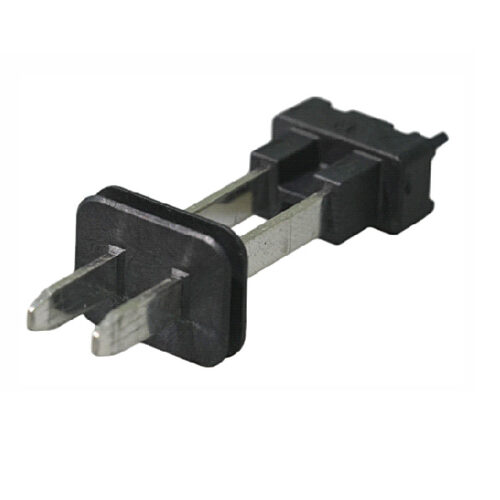
GE Series-WTB 2pin Connector Plug
-
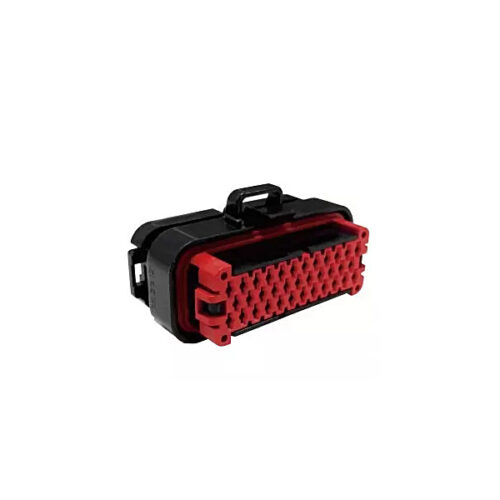
Signal connector – waterproof, three rows, 35 cores
-
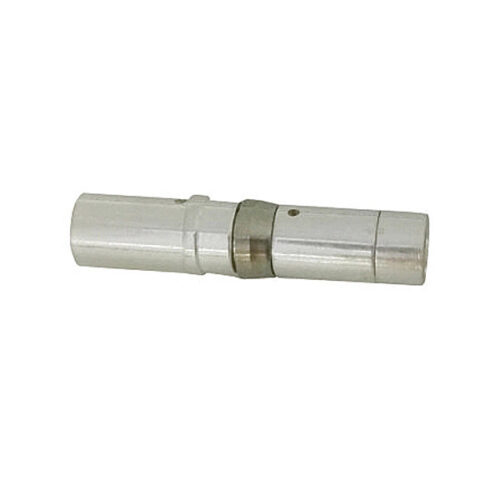
3.0 wire spring jack – crimp 2.5mm cable
-
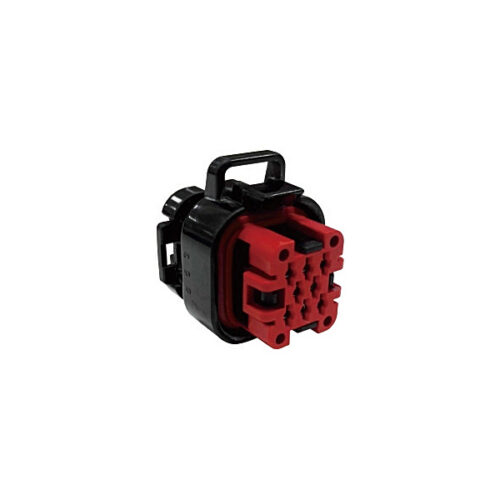
Signal connector – waterproof, three-row, 8-pin
-
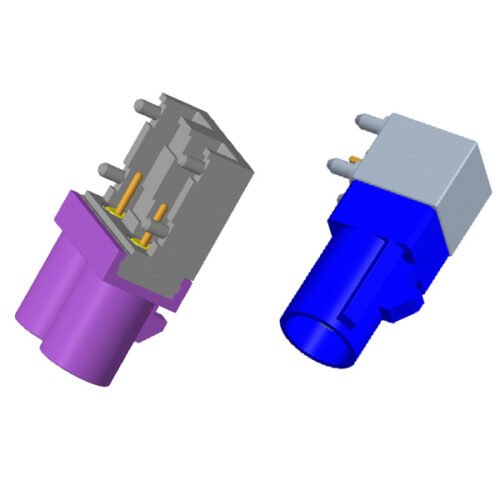
Automotive FAKRA Connector – Board End, DC to 3GHz From RF Connectors And Cables Manufacturer In China
-
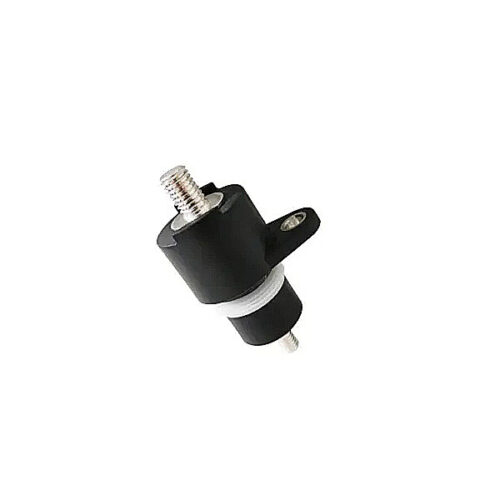
DCDC wall-through terminal-double-headed thread
